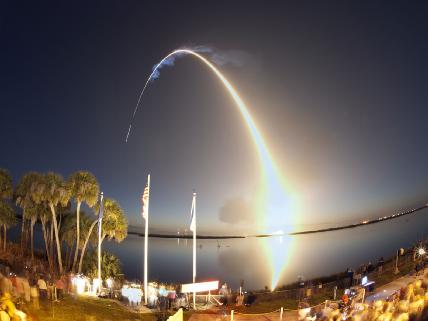The astronauts on Discovery will record the scan of the station wall using cameras and sensors, and transmit it to Earth after docking at the station * The shuttle can dock at the station even without the radar

Immediately after the arrival of the Space Shuttle Discovery into orbit After the successful launch, the mission control personnel from the ground were unable to complete the standard procedure of activating the central Ku-Band frequency antenna and it is not operating by the hour.
The dish-shaped antenna is used for fast communication with the ground, including television broadcasts as well as the shuttle's radar system used during the rendezvous with the International Space Station. However, Discovery can safely dock with the station and complete mission objectives even without the antenna if required.
The Ku-Band system is just one of several communication systems on the shuttle used to transmit voice and data to and from the ground. Both the Ku-Band system and the UHF system work as normal. Discovery also has several systems that can provide a backup capability for the radar system to rendezvous with the station. In addition, the station has Ku-band systems that are used to transmit TV broadcasts to the ground and can be used to transmit broadcasts from the shuttle after the meeting.
STS-131 mission controllers are continuing to troubleshoot to locate the problem while at the same time teams are planning how to continue the mission without this communication system if required.
The Ku antenna is often used by crew members and ground controllers during the spacecraft scan on the second day of the mission using sensors mounted on the end of the robotic arm in order to locate any damage to the side of the station if any occurred during the launch. If the communications system is down tomorrow, the crew will record the video scan and transmit it to Earth after docking with the station via the station's antenna. The team will monitor the video in real time tomorrow and update the ground personnel if there are any areas on the side of the shuttle that are cause for concern.

3 תגובות
It's time to take these Tarnets out of service and put in commercial spaceships